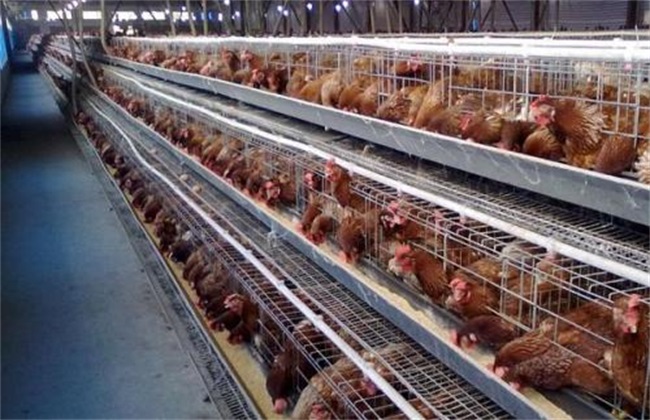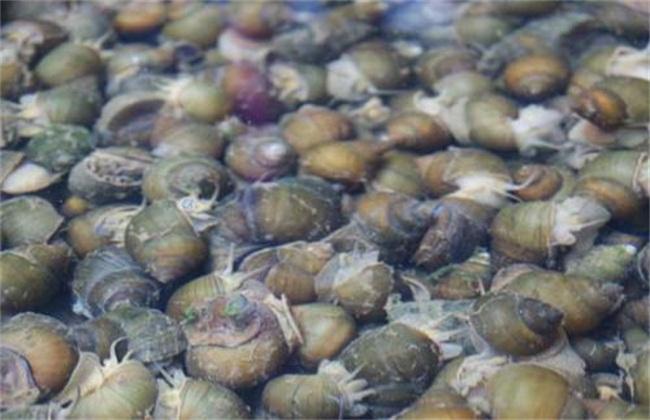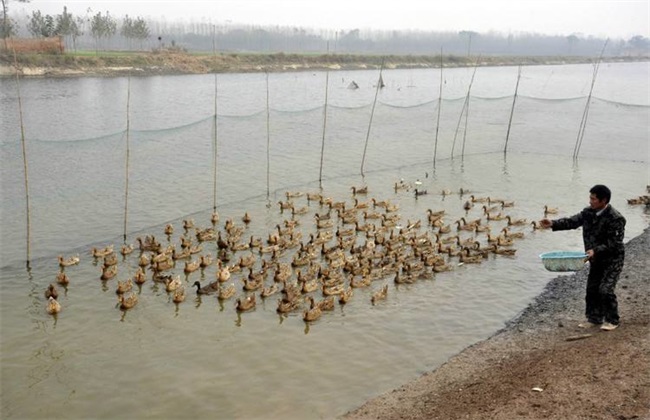Key points of feeding and management of laying hens before laying
Laying hen is a kind of very common breeding chicken in our daily life, and the breeding area in our country is also very large. When raising laying hens, the laying period will generally enter in the fourth month, and the laying peak will be reached in about 5 weeks. At this time, the feeding and management of laying hens is very important, so what should be done? The following editor brings you the key points of feeding and management of laying hens before laying. Let's have a look!

1. Change the group at the right time
Laying hens should be caged before 18 weeks of age, so that laying hens have enough time to familiarize themselves with the environment. If the time to enter the cage is too late, it is easy to stop the production of some chickens that have already started production, and may also cause diseases such as yolk peritonitis in laying hens. Then vaccination should be done before going to the cage, such as Newcastle disease, egg drop syndrome and bird flu. After entering the cage, it is necessary to do a good job of deworming, both in vivo and in vitro. And appropriate amount of vitamins and antibiotics can be added to the feed to reduce the stress response of laying hens.
2. Conversion of egg laying materials
In the process of growth, the weight of laying hens will continue to increase, and the reproductive system will gradually develop. In this growth stage, the demand for calcium in laying hens is relatively large. Therefore, we have to timely change the laying feed of laying hens, which can be fed at the age of 18 weeks. At the age of 5 months, the demand for laying feed of laying hens is at its peak. Due to the addition of appropriate amount of vitamins in the feed, feeding should not be restricted, and the feed needs of laying hens should be fully met. Let laying hens feed freely, and make sure there is always feed in the trough during the lighting period.
3. Increase the light
When raising laying hens in rural areas, many farmers generally use natural light as the main method. Also at the age of 18 weeks, if the weight of the flock reaches the standard, the light time should be increased by about half an hour every half a month or so. It lasts until the peak of egg production, with about 16 hours of light every day. If the weight of the flock is not up to standard and the development rate is slow, then the feeding should be increased appropriately, and the light time should be increased at the age of 5 months. During the laying period, the light time can not be shortened, and the intensity can not be reduced.
4. Environmental conditions
The environment of the henhouse during the laying period also has a great influence on the laying of laying hens. First of all, we have to control the temperature, the temperature range suitable for laying hens is about 14-22 degrees. Do not exceed the temperature range, especially in summer, the highest temperature should be kept below 30 degrees, otherwise it is easy to cause layer heatstroke. Then we should pay attention to keep the indoor ventilation and the surrounding environment quiet, avoid noise and reduce the laying rate of laying hens. It is necessary to maintain the stability of the basic environment of culture, such as feeding, drinking water, light and so on.
The above is a brief introduction to the main points of feeding and management of laying hens before laying. That's all for today's introduction. This article is for reference only. I hope it can help you all.
Related
- On the eggshell is a badge full of pride. British Poultry Egg Market and Consumer observation
- British study: 72% of Britons are willing to buy native eggs raised by insects
- Guidelines for friendly egg production revised the increase of space in chicken sheds can not be forced to change feathers and lay eggs.
- Risk of delay in customs clearance Australia suspends lobster exports to China
- Pig semen-the Vector of virus Transmission (4)
- Pig semen-the Vector of virus Transmission (3)
- Five common causes of difficult control of classical swine fever in clinic and their countermeasures
- Foot-and-mouth disease is the most effective way to prevent it!
- PED is the number one killer of piglets and has to be guarded against in autumn and winter.
- What is "yellow fat pig"? Have you ever heard the pig collector talk about "yellow fat pig"?



